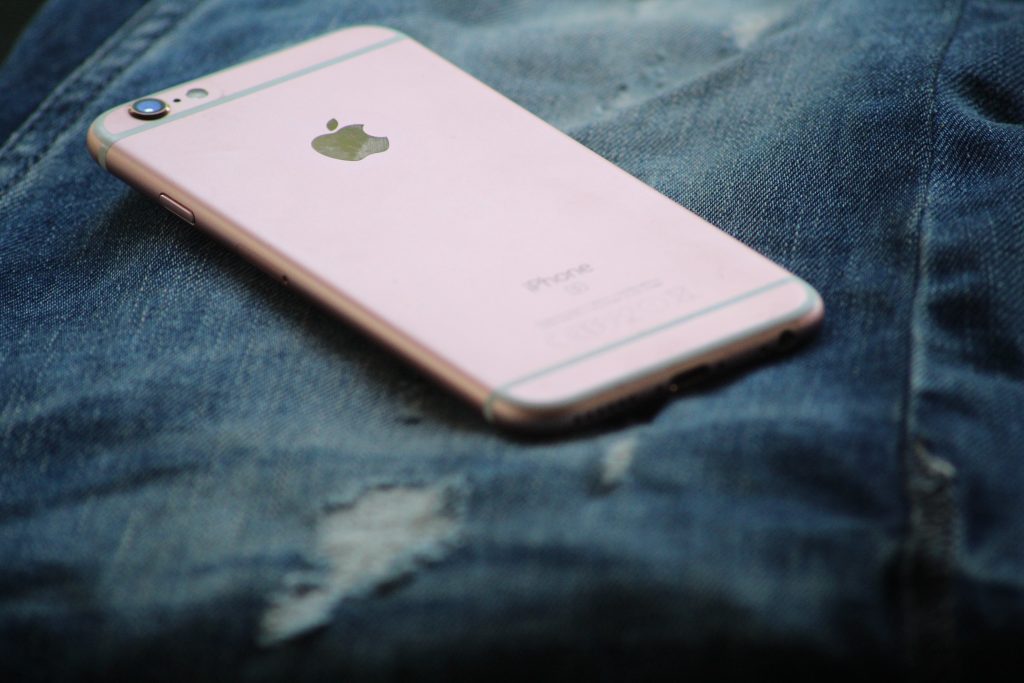When it comes to acquiring a premium smartphone without the premium price tag, buying a refurbished iPhone is a smart choice. However, ensuring the quality of your refurbished device is paramount. In this all-encompassing guide, we’ll walk you through the essential steps to assess the quality of a refurbished apple Phone, ensuring you make a well-informed investment.
1. Verify the Source of Refurbished iPhones:
Begin by confirming the legitimacy of the source. Trustworthy sellers and certified refurbishers adhere to rigorous standards, conducting thorough testing and repairs before resale. Stick to these reputable sources to minimize the risk of subpar products. Avoid obscure or unauthorized sellers.
2. Inspect the Exterior Refurbished iPhones:
Carefully scrutinize the physical condition of the iPhone. Search for any noticeable scratches, dents, or signs of wear and tear. It’s common for refurbished devices to have minor cosmetic imperfections, but they should not impair the phone’s functionality. Ensure all buttons, ports, and speakers are fully functional.
3. Check the Screen:
The iPhone’s display is a critical component. Examine it for cracks, dead pixels, or irregularities in color. Power on the device and test the touchscreen responsiveness, ensuring it registers all touch gestures accurately and consistently.
4. Examine Battery Health:
An optimal battery is key to a seamless user experience. Navigate to the iPhone’s Settings, select Battery, and tap on Battery Health. Here, assess the maximum capacity and peak performance capability. A battery with a capacity exceeding 85% is typically considered healthy.
5. Test the Camera and Speakers:
Launch the camera app and test both the front and rear cameras. Capture photos and videos to assess their quality. Additionally, play audio and videos to gauge the quality and volume of the speakers and headphone jack.
6. Check for Water Damage of Refurbished iPhones:
iPhones incorporate liquid damage indicators (LDIs) that change color upon exposure to moisture. Locate these indicators in the SIM card tray and the headphone jack and ensure they remain unactivated, indicating no water damage.
7. Verify iCloud Activation Lock Status:
Before finalizing your purchase, confirm that the iPhone isn’t locked to an iCloud account. Navigate to Settings > [your name] > Find My and ensure that Find My iPhone is disabled. Activation lock can impede your use of the device if it remains linked to the previous owner’s iCloud account.
See Also: THE MOST POWER FULL 9 BEST APP FOR IPHONE
8. Run Diagnostic Tests:
If feasible, leverage diagnostic tools such as “Apple Diagnostics” or “Apple Hardware Test” to uncover potential hidden hardware issues. These tools are proficient at detecting problems that may elude visual inspection.
9. Warranty and Return Policy:
Reputable sellers typically offer a warranty period during which you can seek returns or servicing should any issues arise.
10. Seek Reviews and Recommendations:
Before making your final decision, explore online reviews and seek recommendations from friends or tech-savvy individuals who have experience with refurbished iPhones. Their insights can be invaluable in guiding your choice.
Conclusion:
Purchasing a refurbished iPhone is a cost-effective and eco-conscious decision. However, ensuring the device’s quality is crucial. By following these comprehensive steps and prioritizing your source of purchase, you can confidently invest in a refurbished iPhone that aligns with your expectations and delivers a dependable smartphone experience.

